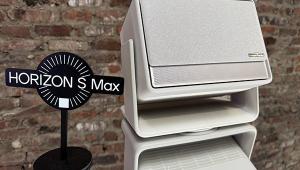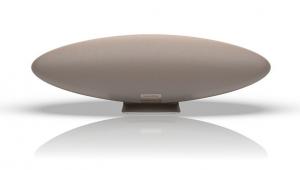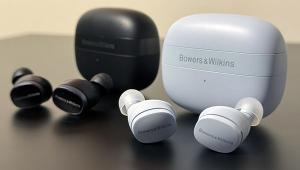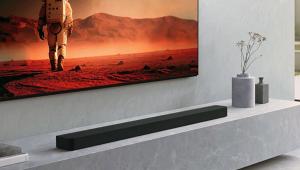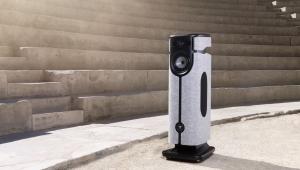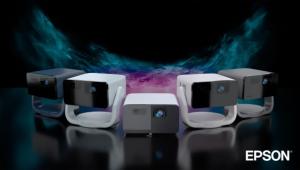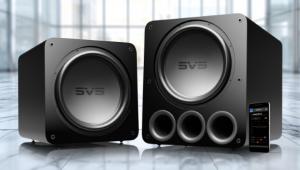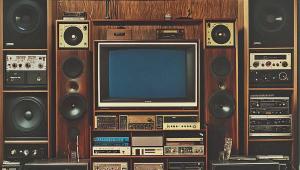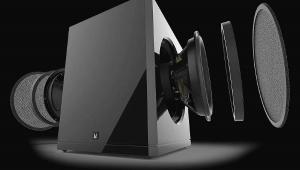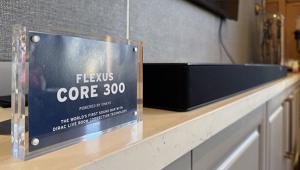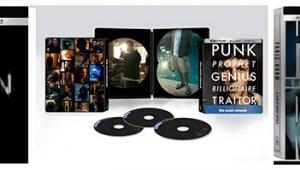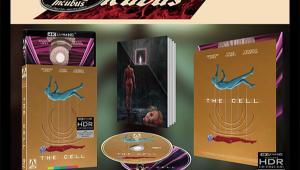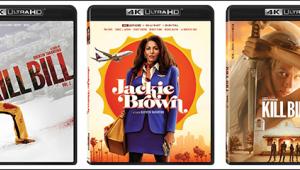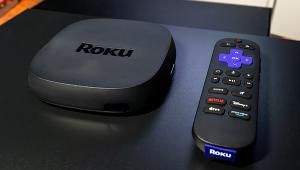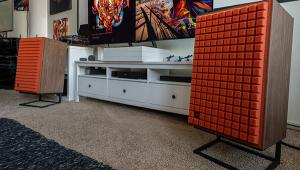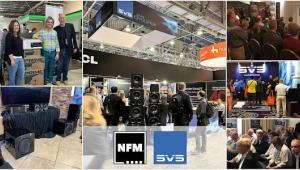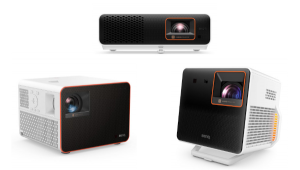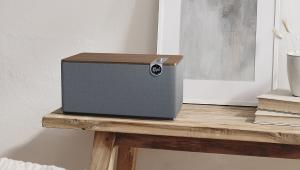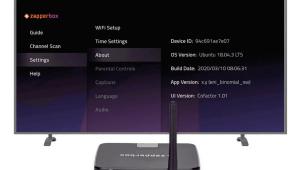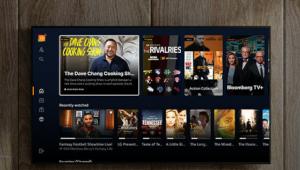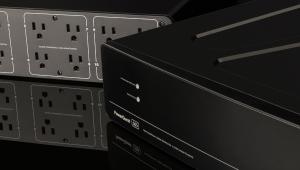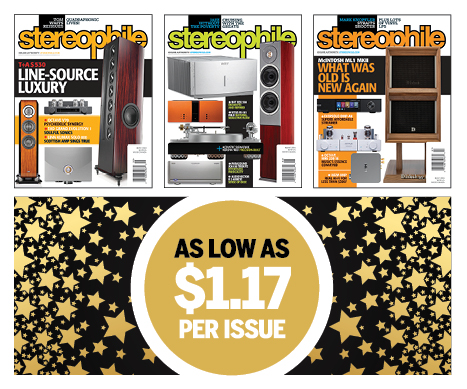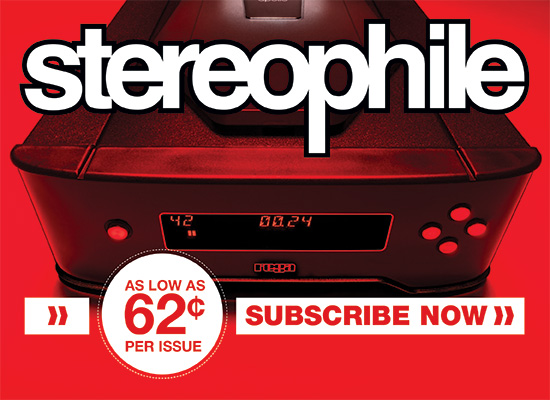Good Afternoon. It makes me smile to see a review on the Picture Tube T.V by Sony that looks just like the one i still own. I have always done everything on my own when it comes to my HomeTheater. However, my 36" Sony Television weights a ton. I would say about 200 to 300 lbs. I bet it's mostly the pictur tube. It sticks out at least two or three feet out from the back. The picture is still BEAUTIFUL!!!!! There is no H.D.M.I only component and composite input. She plays magnificent everynight. But the future has a way of letting you know it's time to change. Thank you.
Sony KV-36XBR400 Direct-View Television Page 3
The vertical-compression feature also works with HDTV sources, but 4:3 NTSC images being upconverted to HDTV appear as small images with black bars on all four sides. Unfortunately, there's no way to expand these pictures. Of course, HDTV images are supposed to be in a 16:9 shape. We drove the display with HD images from our Sencore hard drive, as well as some terrestrial digital signals provided by PBS and decoded by a Panasonic tuner. Our typical collection of DVD demo discs and an analog antenna feed provided NTSC signals. The PBS HDTV Lighthouse special, for example, looked excellent. Details were crisp; colors were vibrant. Likewise, the opening scenes from Braveheart made me feel like traveling to Scotland. The picture is as three-dimensional as a direct-view television can get.
Sure, there may be other sets with slightly better color or marginally better line doublers, but none of them offer the all-around solid performance, future expandability, features, and ergonomic enhancements that Sony is offering. Features like automatic vertical compression and one-button picture-mode access make the set worthy. As we see the nation transition from the analog format to the new digital-television system and from basic two-channel stereo to full-blown home theater, it's nice to know that someone is at least trying to make things easy. Kudos to Sony for making a display that's a no-brainer to recommend.
Highlights
• Automatic vertical compression for anamorphic DVDs
• One-touch picture-mode adjustment

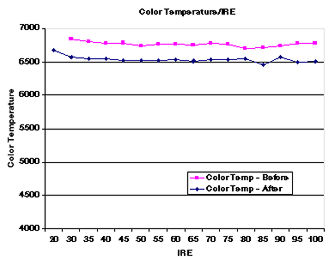
HT Labs Measures: Sony KV-36XBR400 Direct-View Television
The top chart shows the gray scale (or color temperature) of the Sony TV/HD monitor relative to the color points of the display's red, green, and blue CRTs. The blue color point matches the SMPTE specification. Green is close, although a bit aqua, and red falls a bit short. This means that true greens will appear more saturated, while true reds will seem slightly orange. The gray scale tracks reasonably well, if slightly blue, before calibration and is nearly perfect afterward. The bottom chart shows the gray scale relative to its color temperature at various levels of intensity, or brightness (20 IRE is dark gray; 100 IRE is bright white). As you can see, the gray scale as set by the factory, in the most accurate menu setting, measures 6,800 Kelvin with dark images and leans more toward 6,700 K with brighter images. After making adjustments using the Photo Research PR-650, the gray scale measures within 100 degrees of D6500 K, the accurate setting, across most of the range. The light output was approximately 22 foot-lamberts. The display has good DC restoration and a fair color decoder, and it displays at least 460 horizontal lines (per picture height) with NTSC sources.—MW

- Log in or register to post comments














